Last Updated: November 16, 2024
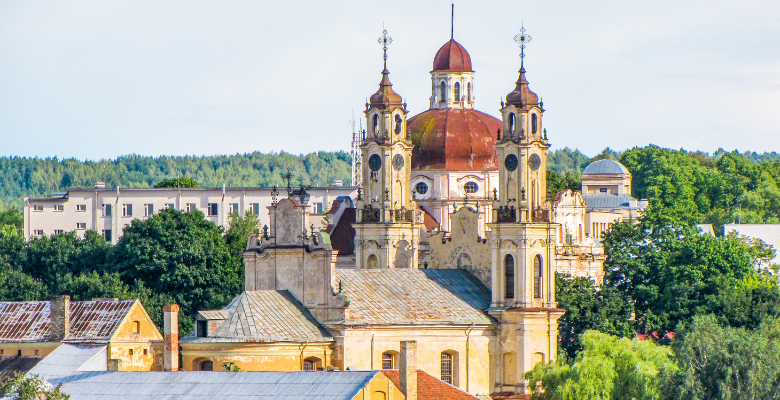
Hugged by Latvia, Poland, Belarus, and a Russian exclave, Kaliningrad, sits the last country of our Baltic States adventure – Lithuania. Although the largest of the three states and once even the largest state in 14th-century Europe, Lithuania tends to fly under the radar of vacationers. But since the launch of a very controversial marketing campaign that referred to Lithuania’s capital, Vilnius, as the G-spot of Europe, it’s rising in a new light. Go Vilnius declared, speaking about the capital, “Nobody knows where it is, but when you find it – it’s amazing”. Since we were just in the neighboring Latvia, we had to see it for ourselves!
We spent 5 days wandering around Vilnius, Lithuania, searching for what makes it special. As is usually the case with European cities, you tend to start in the Vilnius Old Town, and this one turned out to be one of the oldest and best preserved in all of Europe. But as an emerging travel destination, there is a handful of unusual things to do in Vilnius, which we compiled in this post to help you have a fun and unforgettable stay.
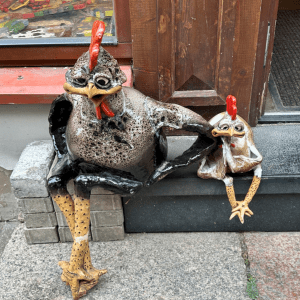
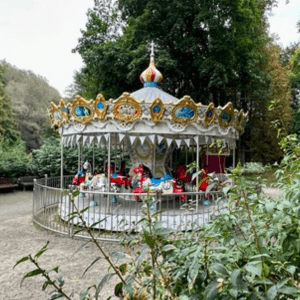
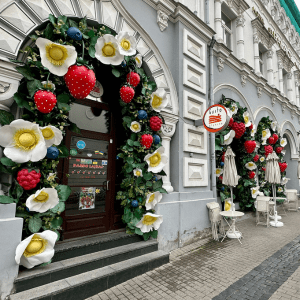
Unique Attractions in Vilnius
Vilnius Old Town Magic
Exploring the Old Town in Vilnius, Lithuania really feels like stepping back in time. A UNESCO World Heritage site, this charming district exudes an old-world atmosphere with its narrow cobblestone streets, medieval architecture, and quaint squares. The Old Town boasts a remarkable blend of Gothic, Renaissance, and Baroque style architecture which stands as a testament to 700 years of history. Just walk through the Gate of Dawn that dates back to 1503 to feel the magic that permeates this part of the city.
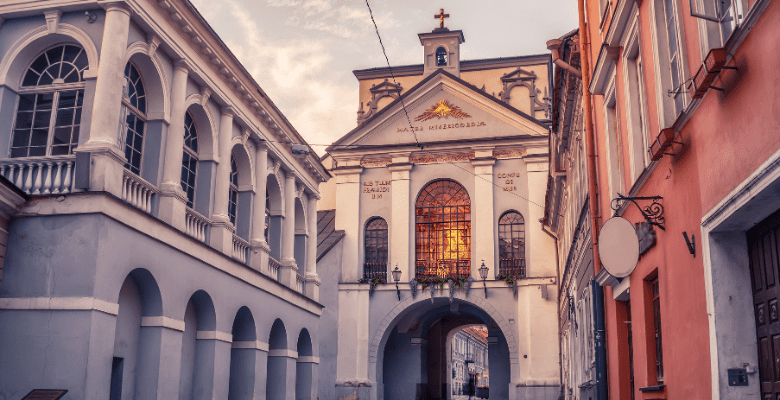
Lithuania is known as a land of many churches, and Vilnius Old Town lives up to this reputation. The city is home to over 50 churches, each with its unique character, from gothic-style red brick St. Anne’s Church to the baroque-style Church of St. Casimir.
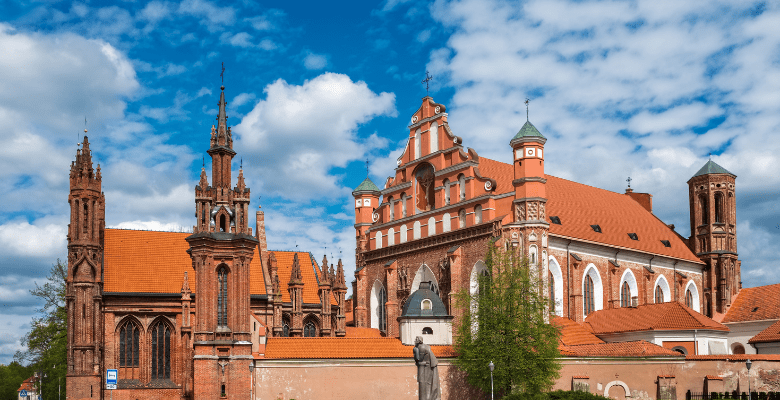
But Vilnius Cathedral is an iconic symbol of Lithuania and an architectural masterpiece. Its grand neoclassical façade, which resembles a Roman temple, is a sight to behold. Inside, you’ll find an ornate interior with over forty works of art, crypts, and catacombs.
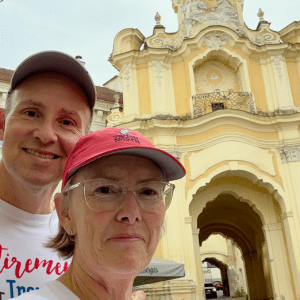
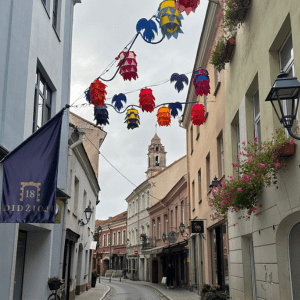
Wandering around Old Town, you will undoubtedly see Gediminas Tower, a historic landmark that consists of the remnants of a castle perched up on a hill. Though, locals tend to refer to it as a mountain. Inside the tower, there is a small museum, and climbing to the top offers panoramic views of Vilnius and its surroundings.
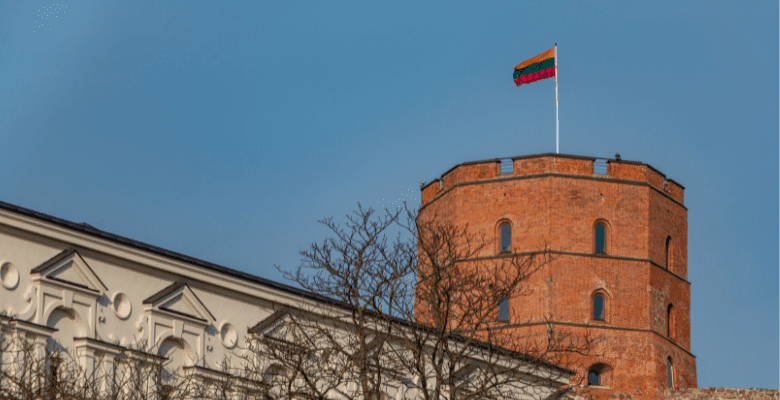
The Hill of Three Crosses
For a memorable hike and even more spectacular views, you must head to the Hill of Three Crosses, located in Kalnai Park. This historical site is named after three wooden crosses that were allegedly erected in the 17th century to commemorate three martyred Franciscan monks. The crosses have been rebuilt multiple times since then, and today, they tower over the city, white in color. The spot is the ideal viewpoint of Vilnius from the top, especially during sunset. John also loved his early morning runs to the three crosses for beautiful views of the city.
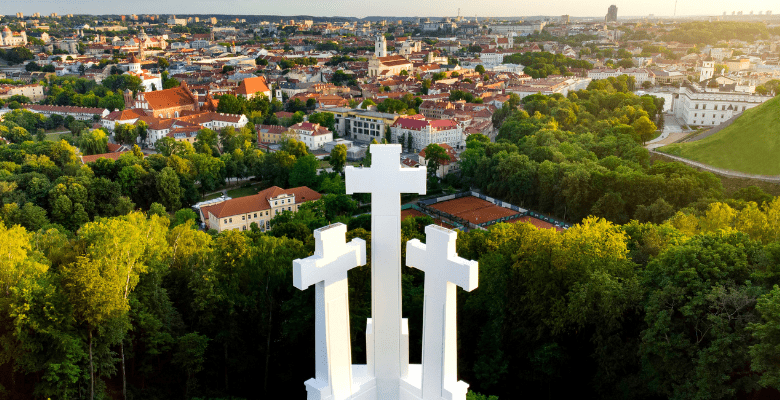
Hot Air Balloon Ride
But if you just can’t get enough of Vilnius, Lithuania from above and wish to go higher, here is an activity you can’t miss. Vilnius is the only capital city in Europe where hot air balloons are permitted to fly. Imagine greeting the new day with the first rays of the sun, while floating above the red roofs of Old Town, past winding rivers, dense forests, and castles. If that’s not a bucket list-worthy experience in your book, we can’t be friends. Here is a one-hour hot air balloon tour over Vilnius that you will be talking about for many years to come.
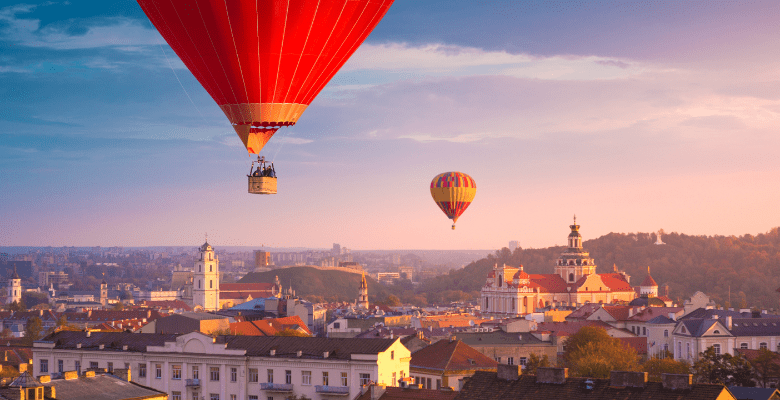
Museum of Occupations and Freedom Fights
This museum is a heavy experience, but one that is a must on your Vilnius sightseeing itinerary. It will enable you to properly introduce yourself to the country’s history. A former headquarters of the Nazis and then the Soviet KGB, this building served as a prison and torture bunker. Preserved in its original state, the museum is eerie, and its exhibition is emotional. But by visiting, not only do you learn more about Lithuania’s dark history, you also pay respect to the people’s suffering and resistance.
Writer’s Lane
The Writer’s Lane, alternatively known as Literatai Street, is one of the most charming streets in Vilnius. It was once home to book shops and print houses and even hosted the famous Polish poet Adomas Mickevicius. Today, the street is dedicated to Lithuanian writers as well as international ones who share ties to the country. In their honor, the street is decorated with plaques polka dotting the walls. Each plaque is completely unique, so you don’t need to be a literature fan to enjoy a stroll here.
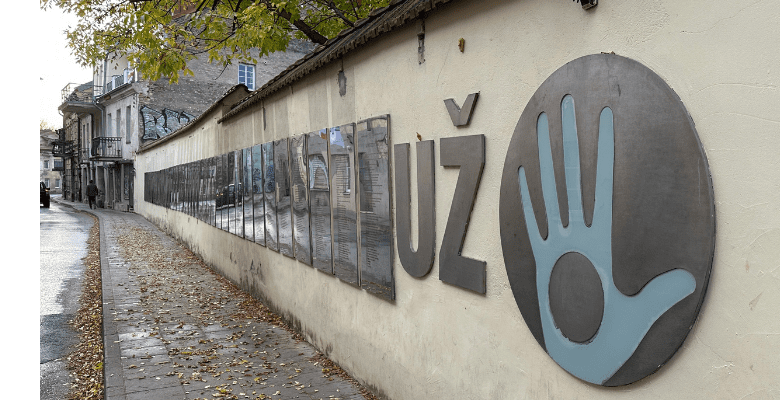
The Bohemian Republic of Uzupis
Vilnius is not only about its rich history but also about embracing creativity and unconventional thinking. Directly in the city, you’ll find a quirky neighborhood called Uzupis. It declared itself an independent republic on the 1st of April, 1997, April Fool’s Day. This Bohemian quarter has its own president, currency, flag, and constitution, which has been translated into more than 50 languages and plastered along the walls of the main street for international visitors to read.
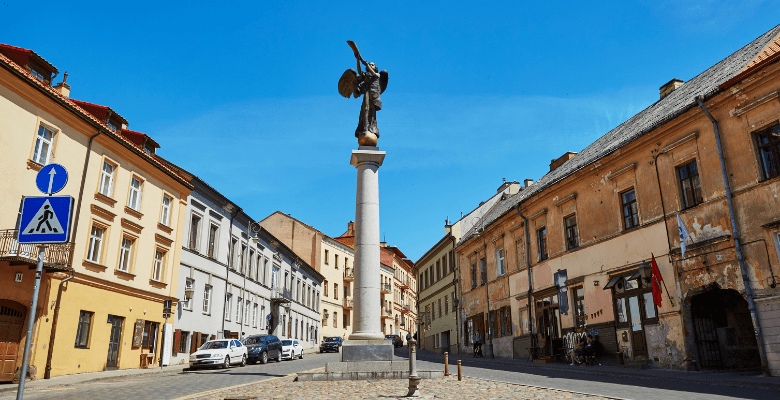
Visiting Vilnius is incomplete without a stop here, and we could’ve spent an infinity wandering around. We enjoyed admiring the street art, discovering the independent galleries, and people-watching at cafes. The place kind of reminded us of Christiania in Copenhagen.
To get here, you’ll need to cross the Bridge of Uzupis, which marks the border crossing where you can even stamp your passport. Under the Uzupis Bridge, you’ll spot the instagrammable Destiny’s Swing, getting to which you might need to dip your feet in the river, and the Mermaid of Uzupis on the opposite river bank. But unless you’ve fallen for Uzupis to the point of staying put, don’t stare at the mermaid for too long, as she is said to place spell-binding holds on visitors.
Hales Market
Markets are always a must on our itineraries, and Vilnius was no exception. Hales Market, located just outside the Old Town, is the oldest market in the city. It dates back to the early 1900s, and is easily one of the best places to visit in Vilnius. Inside, you will find everything you’d normally expect. It has fresh produce, baked goods, and other bits and bobs offered at the many stalls that spill out and surround the building. One food that fascinated us is sakotis or Lithuanian spit cake. This traditional dessert, which resembles a Christmas tree, usually makes an appearance on special occasions like weddings, Easter, or Christmas.
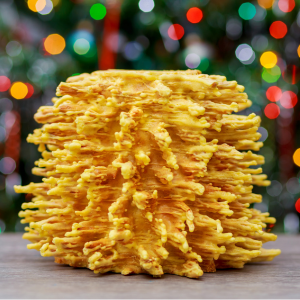
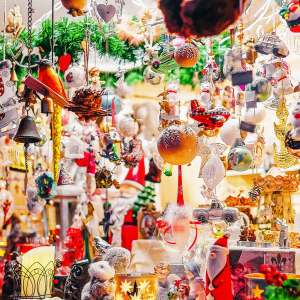
At Hales Market, there are many stalls covered by forests of these cake trees. The process is very labor intensive, so the bigger and more ornate the cake, the higher its price tag. But there are mini bite-size versions you can buy to satisfy your curiosity. Fun fact: sakotis are hollow inside, and back in the day, people used to place spirit bottles inside the tower and offer it as a bribe in disguise.
Eat at Etno Dvaras
When looking for a traditional place to eat in Vilnius, Etno Dvaras comes highly recommended, and for good reason. For over 15 years, this restaurant has been preserving Lithuanian culinary traditions. It even became the first certified restaurant by the Lithuanian Culinary Heritage Fund. Don’t miss out on trying their signature dish cepelinai – potato dumplings stuffed with meat or cheese, and saltibarsciai – cold beet soup.
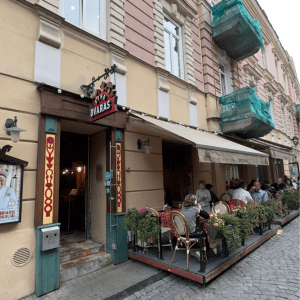
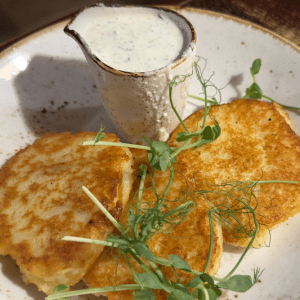
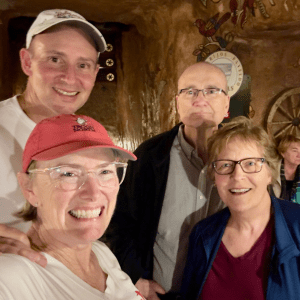
Day Trip to the Trakai Castle
If you’ve only got time for one day trip from Vilnius, make it this one. A short ride from the city, you’ll find the 14th-century Trakai Castle. It is one of the most important landmarks and tourist attractions in Lithuania. It’s a place where you get to immerse in nature. You will enjoy epic views, and learn some history, as Trakai is the former capital of Lithuania. The castle sits on an island on Lake Galve and is incredibly picturesque.
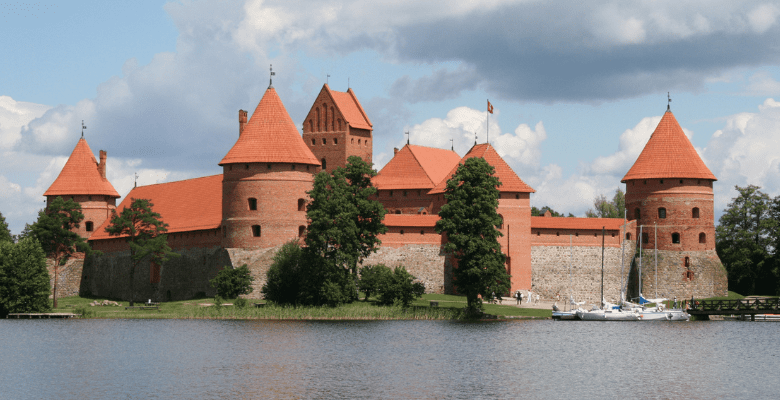
Day Trip to Hill of 100 Thousand Crosses
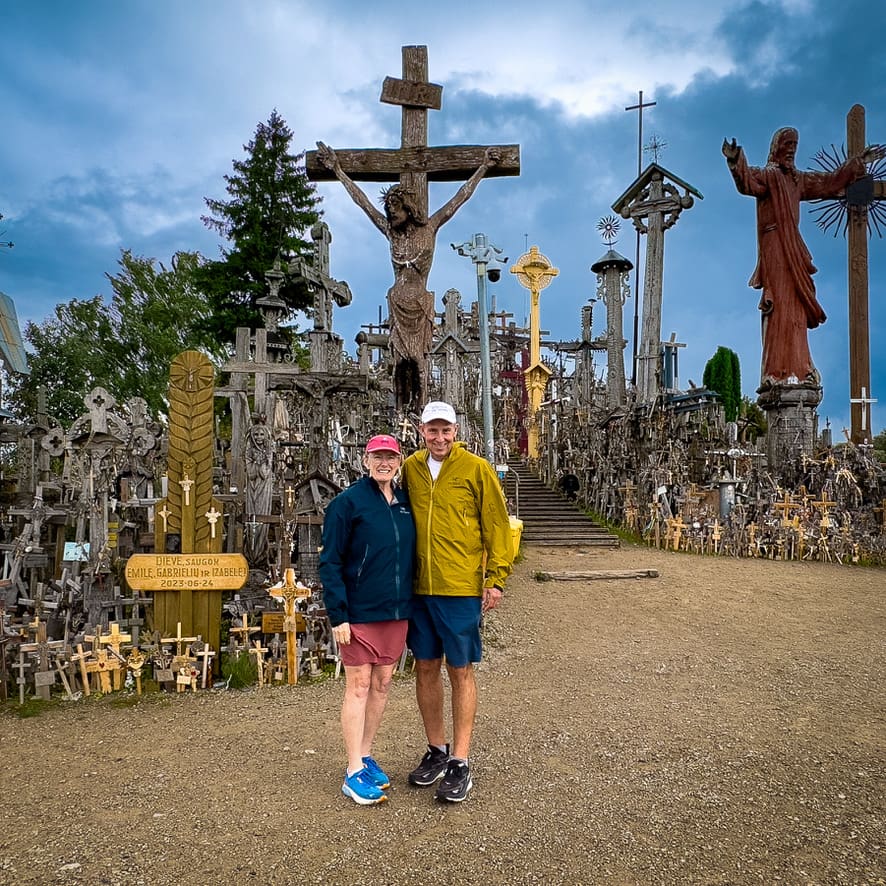
There is no other place in the world quite like this one. In northern Lithuania lies the unique Hill of Crosses, a symbol of defiance and a pilgrimage site. The Nazis destroyed the hill during WWII and again several times by Russia during the Soviet era, but it kept coming back. When Lithuania finally gained freedom in 1991, the hillside became flooded with crosses and is known for hope, peace, love, and sacrifice. It is called the hill of 100,000 crosses, but we suspect the number is much higher. It now symbolizes the strength of Lithuanian culture and their unshakeable faith. The hill is located just under three hours from Vilnius, Lithuania.
Was Vilnius Worth Visiting?
Well, in our opinion, it completely lived up to the hype of that raunchy marketing campaign. Whether you are a history buff, an art fan, or a foodie, Vilnius has something for everyone. It made for the ideal destination to add to your Europe travel bucket list. We stayed in a convenient location and reasonably priced accommodations at Hotel Vilnia. We hope our suggestions for unusual things to do in Vilnius help you have a memorable stay. And we are off to Warsaw, Poland. Happy exploring!
Vilnius Attractions Map
HOW TO SAVE THIS MAP:
Each icon has embedded information in the map, so click to review. To the right of the title of the map, click the ⭐️ STAR to save to your Google Map Account. To view it on your computer or phone, open Google Maps, click the three lines on the upper left, select “Saved,” select “Maps,” and this map will be listed below.
Best Time to Visit Vilnius, Lithuania
We have linked a great website to this button showing the weather for this location by the month. Click below to be taken to Weather-and-Climate.com.




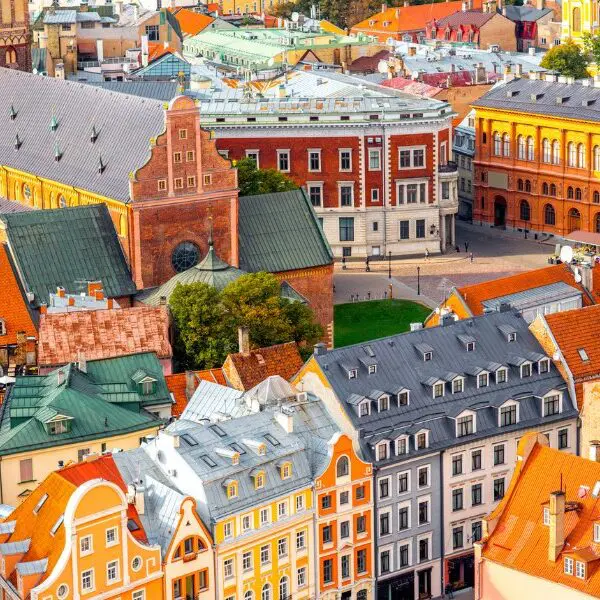
Marta Morkevicius
Hi I ve being watching your channel. My father was from Lituania and I would like to visit. Where did you stay in Vilnius? Thank you
rtravelers
We stayed in Hotel Vilnia. It was conveniently located and reasonably priced. Hope you get to visit soon and thanks for following along with us.
Happy journeys,
John and Bev